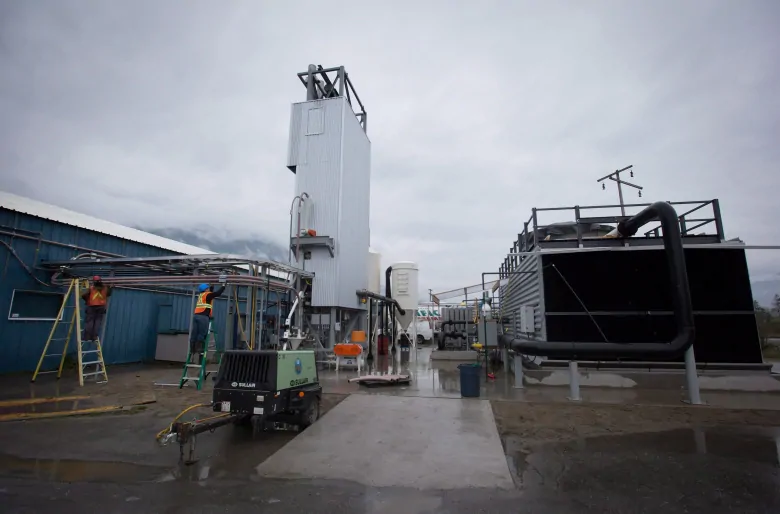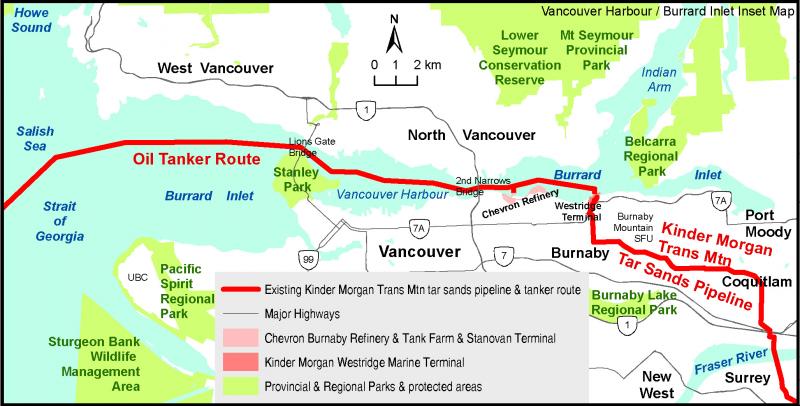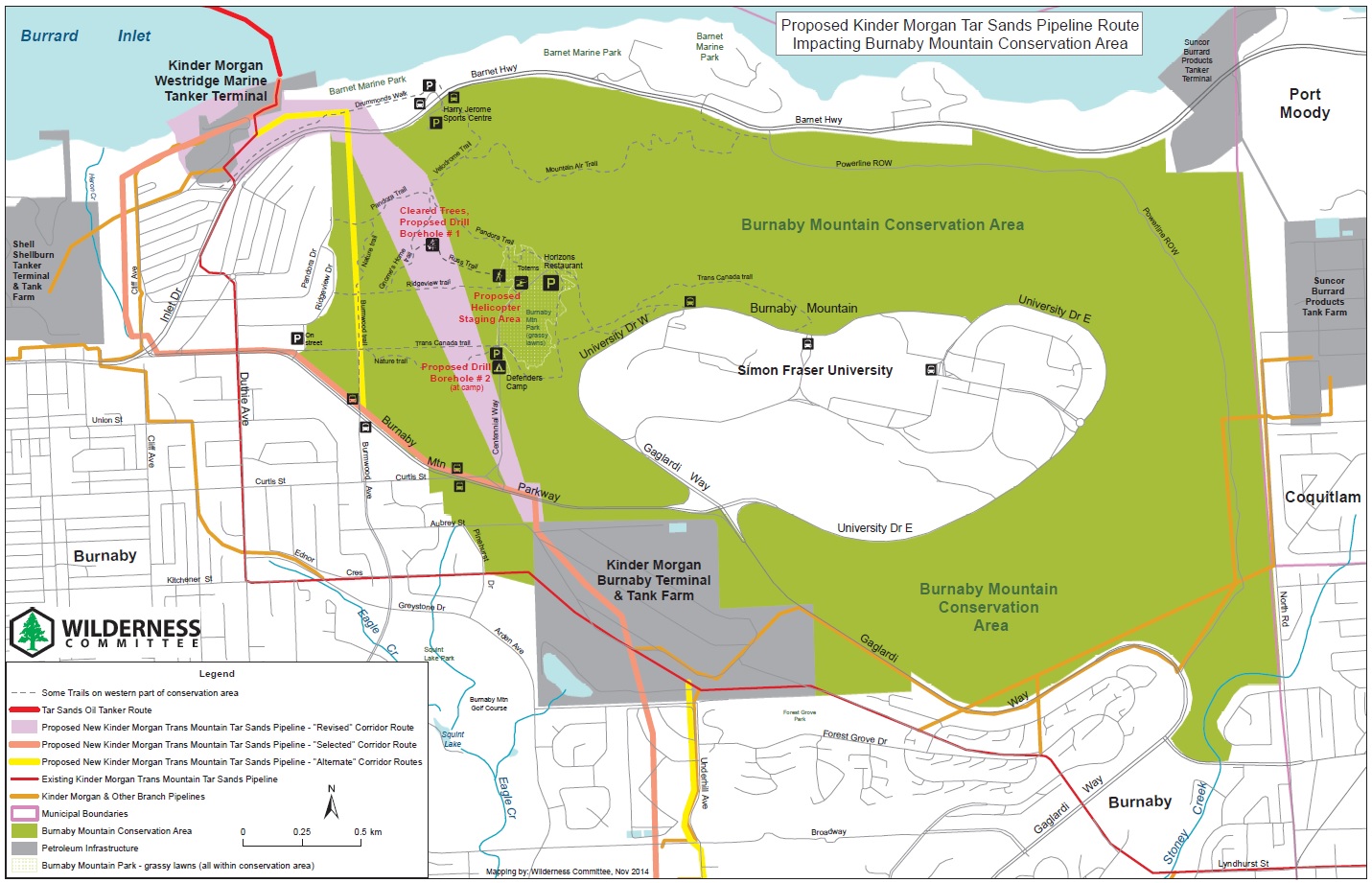As a mechanical engineer I spent 17 years in design of mechanical systems. Always seeking the best solution given budgets and adhering to efficient design principles. Often we can combine systems by hybridization, where two technologies come together in a synergistic match. I have used hybrid technologies, using ground loops and air-air fluid coolers, with heat pumps successfully in the mechanical design and construction of a number of buildings.
While wind energy may be harvested, it is not always available. Some regions get more wind than others, and there may be governmental or civic restrictions. For renewable energy, solar may be a better option than wind, even though it is only available during the day. In either case some form of auxiliary power will be required, such as batteries, grid connection, fuel powered generator, or hydro-power.
The use of heat pumps allows for the provision of a number of heating and cooling devices which may be connected to a central circulating building loop. As heat pumps have operating temperatures generally between 40F to 90F, although it may vary depending on heat energy source, such as air, water or ground. Air temperatures may vary during the day and season. As air temperature drops, heat pumps lose efficiency. We can see this in the following figure. (1)

In the case of geothermal heat pump system design, there are some options. One method is to run a water source such as a pond, river, body of water in an open loop design, in a closed loop method using an process waste heat stream or ground coupled system. Either system is usually connected to a heat-exchanger to which is connected a second closed house loop. The house loop is controlled to either discharge or gain heat from the geothermal loop.
I am attaching a blog post (2) from 2007 where I made a comment in 2009. This blog post is still getting comments. I believe such systems can be designed and constructed and would contribute to a “Net-Zero” building systems.
I am a lawyer who has been interested in the subject of energy conservation since the seventies. Back when we had the first OPEC crisis, I thought this country would head in a direction away from the consumption of huge quantities of oil and gas. It didn’t happen. Now of course, our thirst for oil has been the primary reason for a preemptive war with no end in sight. Moreover, peak oil seems to be here. And so far nothing much seems to have changed. But the public, may at last be ready for something different.
There are some real promising things happening with new solar energy systems and with wind turbines. It is long past due. But I still keep wondering whether we are approaching this problem of solving our energy demands the right way. With both solar and wind systems all technology seems to be headed toward the creation of electricity. Electricity is definitely useful but often inefficient.
Heating and cooling costs are about 60-70 percent of home energy costs. It is far more cost effective to use heat transfer than to make heat. Water source heat pumps are 300-400 percent efficient while the best ordinary HVAC systems might be forty percent efficient. (Are they that much?) What if you could even vastly surpass the efficiency of a water source heat pump. How? By making the wind pump the water instead of an electric pump.
Why not use wind to its best advantage? Make the wind do what it has done very efficiently for hundreds of years: pump water. Make it pump water from a warm place to a cold place and make it store the heat where the heat is needed or wanted. In the winter pump the heat from under the ground into the house. In the summer pump the heat from house into the ground.
To do this, because of the wind’s variability, one would need a huge (?) thermal sink in the house to slowly release the heat transferred from underground to the heat sink or to transfer the heat from the house to the ground while the wind was not blowing.
A four part system. A wind turbine. A pump. A closed loop of pipe. An interior thermal sink.
It is fairly well known that in most climates, five or six feet below ground, the temperature is a about 55 degrees. I think it is quite possible to take advantage of the geothermal underground temperature by using a wind turbine to pump water from underground into an interior thermal sink. If a large enough volume of water could be circulated to where the interior heat sink reached 55 degrees, I think such a home’s heating and cooling costs would be drastically reduced.
If the large thermal sink could get the house temperature substantially raised in the winter and substantially cooled in the summer, very little additional energy might be required to bring it to a desirable temperature with the use of a water source heat pump. A water source heat pump would work in tandem very well by using the internal heat sink as a convenient source to operate a water source heat pump.
My idea would be to use a vertical wind turbine on the roof coupled to an Archimedes screw to pumps and circulates water through the closed loop. The vertical wind turbines seem to need less wind, have more torque, and are quieter. I also think that from an architectural point of view, they would look much more attractive, especially the ones that look like spinnerets. They also take advantage of a sloping roof which increases wind speed.
I also think the Archimedes screw would be an ideal pump. It requires no gears or lubrication and could attach by a straight shaft to the vertical wind turbine. An Archimedes screw would be very inexpensive as pumping systems go and extremely reliable as there is really nothing to break.
I have other ideas about roof design and about turbine design for greater efficiency. I also have ideas about the plumbing. What I would like to see is whether there are people out there who think this idea has commercial merit and if so, how we might go about making wind driven water pumping for geothermal transfer a success. We would need some engineering and architectural expertise and some ability to fabricate the wind turbines and pumps.
I look forward to responses.
Duane Tilden said…
I have been looking at the latest responses and it seems to me there is some confusion about this idea.
Firstly, heat pump technology, as pointed out achieves it’s high COP’s from the phase change. It is through the leveraging of the refrigerant phase change from a fluid to the gas phase where heat energy can be obtained from low temperature heat sources. This is how geothermal heat pumps can obtain heat energy from relatively low temp sources such as the ground where nominal ambient water temp would be at 55F and deliver hot water at temps of 90F to 140F.
Alternatively heat pumps can be used in air/air, air/water, water/air and water/water configurations. These are generally stand alone devices where in a properly engineered installation do not require supplemental heat sources.
Wind energy is a separate sustainable, environmentally friendly application. In my opinion the OP’s idea of using wind energy to move water around for a heat pump application is marginal and likely too capital intensive to realize any real benefit. Also, it is just too restrictive, in my opinion.
Wind energy converted directly to electricity, or other dedicated pumping applications where electricity is not available is best (water pumping up to a reservoir in agricultural or power generation schemes for example). There also may be some merit to the idea of storing the energy as compressed air, but the amount of heat generated would not be significant, usable heat source. Try heating your home with a candle.
Electricity is used by a wide range of applications, so why not use the wind energy to best effectiveness? The operation of the compressor in the heat pump and the pumps to run the water loop(s) require electricity, so do common home appliances.
There may be some applications where the proffered idea would make sense, but not likely widely applicable for single family residences unless you have a large property and money to burn.
References:
- heat-pump-effective-temperature-range/
- wind-turbine-heat-pump-geothermal









